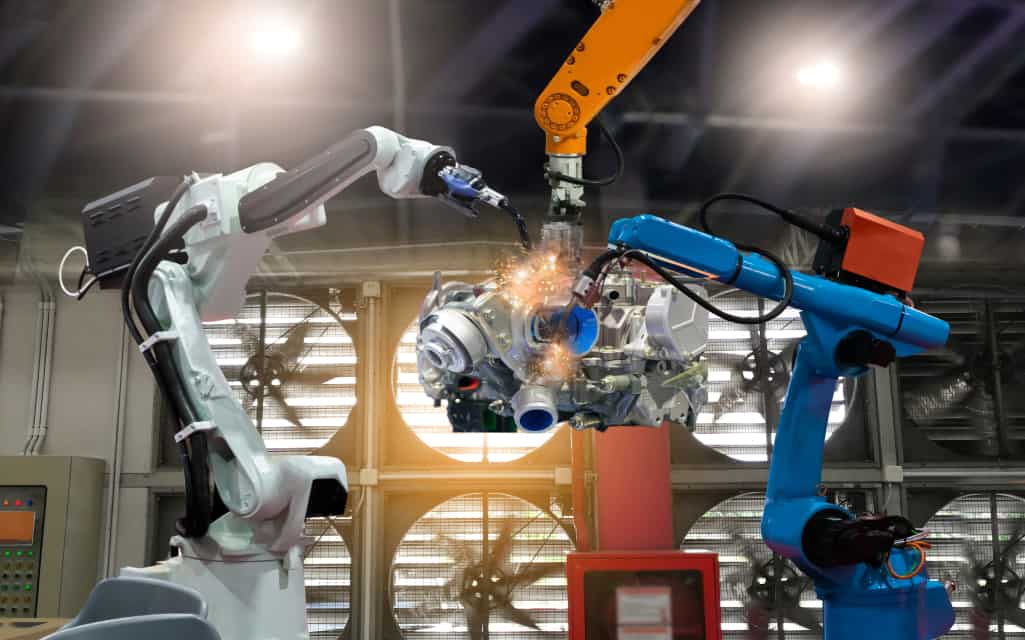The International Federation of Robotics or IFR reports that the density of robots have increased globally. If you are a manufacturer or industrialist, you shouldn’t be surprised by this finding. For example, industrial robots have long been speeding up manufacturing processes by making core processes more efficient and cost-effective. A PwC report claims that 59% of industries are already relying on some type of robotics technology.
Even when robotics has had such an impact and deep penetration in the manufacturing sector, the emergence of technologies like Robotic Processing Automation and robotic arms promises even bigger transformation. These technologies have a significant influence on the manufacturing sector advancements.
The Robotic Arm
Industrial robot arms are nothing less than marvels of engineering. They can react the same way as the human arm. An excellent example in this regard is how a Florida man now lives with an advanced robotic arm that can be controlled with his mind. Find out here more about advanced mechanical solutions and variety of robotic arm application.
The robotic arm has a close resemblance to the human arm. It has the forearm, wrist, shoulder, and elbow. The human arm can move in 7 different ways, and the 6-axis robot arm can move in 6 ways.
Industrial robotic arms are made of cast iron or steel and feature the wrist or some end effector required for performing the task. Each joint has a motor that is rotated by a robotic controller. When it comes to large arms used for lifting heavy objects, they can be powered pneumatically or hydraulically.
The end effector moves based on the task, which can include:
- Pick up
- Place down
- Welding
- Takeoff
The arms can be programmed to perform a wide range of jobs, or they may specialize in a single job. This will depend on what your needs and specifications are.
What makes industrial robotic arms unique is that they can move at a much faster rate compared to the human arm. In fact, modern robotic arms also feature safety systems that ensure safety around human users. Sensors are usually an integral part of such safety features.
Robotic Arms & Production
Industrial robot arms help in increasing speed of production and also the accuracy and precision. Even more importantly, they help in reducing or eliminating human error and labor costs. These arms are not just used in industrial settings for handling heavy loads or carrying out other tasks involving heavy objects. They can also be used for performing precision tasks. For example, these systems are also used to put together tiny microchips.
Robotic Arms in CNC Production
The use of robotic arms has proven to be quite valuable in CNC production. For example, when you have a batch of identical parts to make on a machine tool, it is possible to automate the process. You can start the process and return after a few hours to find the whole batch completed. The arms can work multiple shifts for you without needing a break.
So how does robotics address the key factors involved in CNC machining?
· Accuracy: This is the crucial factor for determining the performance of CNC machines. Robots can be calibrated to achieve a high level of repeatability, making them ideal for the process.
· Versatility: CNC machines are designed for one specific purpose. It can be turning, milling or drilling. Robots are highly versatile and can be calibrated to everything.
· Affordability: Versatility and large workspace give robots the edge over CNC machines in terms of the price factor.There are even more areas where robotics offers an edge over traditional machines. Thus, robot arms are going to play a bigger role in all kind of business. They will continue improving production until the next big innovation comes across the horizon.



